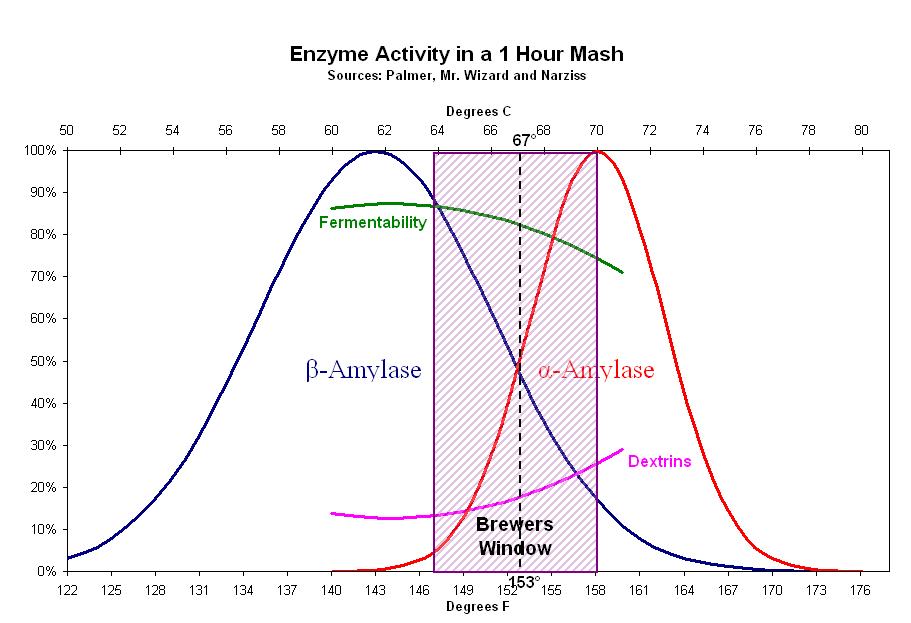For years I have been doing biab with 90-minute mashes in a stainless steel mesh basket and NOT recirculating and have consistently got 70% efficiency. Now I switch my basket to a solid side basket and added a pump for recirculation. I have done two batches since the upgrade. The first batch I recirculated the whole time a my grain bed became very compacted and I actually had to stir it to keep it unpacked it so it could circulate water and I got 65% efficiency. The second batch I stirred and ran the pump every 15 minutes and during that time I ran the element to maintain my heat. I didn't stirred at the very end for the last 5 minutes this time my grain bed stayed loose the whole time but I only got 60% efficiency. Also both batches were mashed low @ 145°.
I have not changed my grind from when I used to not recirculate so my mill is still set at .035". Also for reference I got a 15 gallon pot, pump for recirculating it's electric brewing system so I'm able to maintain my heat and I do full volume mashes.
Now my question, what do I need to change to help that efficiency? I was quite surprised my efficiency was actually lower I actually thought right off the bat I'd at least be at 70% maybe even 75% but to have it go down is quite surprising to me.
I have not changed my grind from when I used to not recirculate so my mill is still set at .035". Also for reference I got a 15 gallon pot, pump for recirculating it's electric brewing system so I'm able to maintain my heat and I do full volume mashes.
Now my question, what do I need to change to help that efficiency? I was quite surprised my efficiency was actually lower I actually thought right off the bat I'd at least be at 70% maybe even 75% but to have it go down is quite surprising to me.




